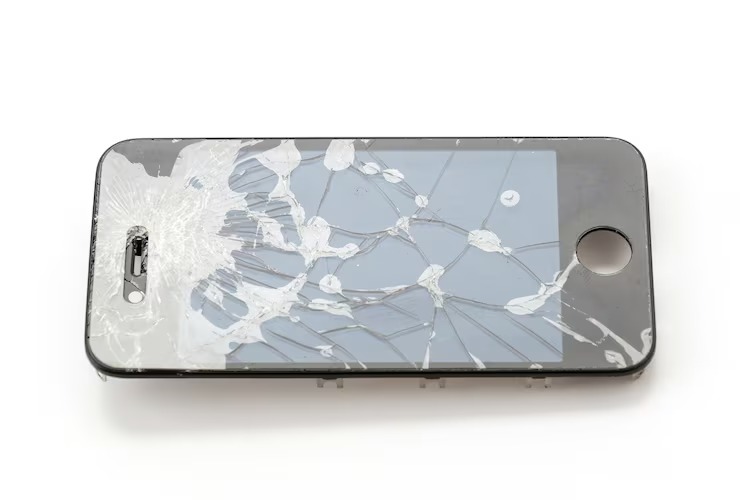When choosing a screen protector for your smartphone or tablet, you’ve likely come across terms like 9D and 9H tempered glass. These labels can be confusing, especially since they sound similar but refer to different aspects of a screen protector. In this article, we’ll break down the differences between 9D and 9H tempered glass, compare their features, and help you decide which is better suited for your needs.
Understanding 9H Tempered Glass
What Does 9H Mean?
The “9H” in 9H tempered glass refers to the hardness level of the glass, measured on the Mohs scale of mineral hardness. This scale ranges from 1 (softest, like talc) to 10 (hardest, like diamond). A 9H rating indicates that the tempered glass is highly resistant to scratches, capable of withstanding scratches from materials up to a hardness of 9, such as a steel knife or other sharp objects commonly found in pockets or bags.
Key Features of 9H Tempered Glass
- Scratch Resistance: 9H tempered glass is designed to protect your device’s screen from scratches caused by everyday objects like keys, coins, or sand.
- Impact Resistance: While not as strong as sapphire glass, 9H tempered glass can absorb moderate impacts, reducing the risk of screen cracks from drops.
- Clarity and Touch Sensitivity: Most 9H protectors offer high transparency and maintain the screen’s touch responsiveness, ensuring a seamless user experience.
- Standard Coverage: 9H tempered glass typically covers the flat portion of the screen, leaving curved edges exposed on devices with curved displays.

Limitations of 9H Tempered Glass
- Edge Coverage: On devices with curved screens, 9H protectors may not cover the entire display, leaving edges vulnerable.
- Thickness Variability: The 9H rating applies to hardness, not thickness, so some 9H protectors may be thinner and less durable against heavy impacts.
Understanding 9D Tempered Glass
What Does 9D Mean?
The term “9D” doesn’t refer to a scientific measurement like 9H. Instead, it’s a marketing term used to describe tempered glass with full-screen coverage, particularly designed for devices with curved edges. The “D” stands for “dimension,” implying a more advanced design that contours to the phone’s shape, offering a sleek, edge-to-edge fit.
Key Features of 9D Tempered Glass
- Full-Screen Coverage: 9D tempered glass is designed to cover the entire screen, including curved edges, providing a seamless look and comprehensive protection.
- Aesthetic Appeal: With precise cutouts and a smooth, rounded edge, 9D protectors blend seamlessly with the device, enhancing its appearance.
- Enhanced Protection: By covering the entire screen, 9D glass offers better protection against drops and impacts that affect the edges.
- Case Compatibility: Many 9D protectors are designed to work well with phone cases, ensuring no lifting or peeling at the edges.
Limitations of 9D Tempered Glass
- Installation Complexity: Due to its full-coverage design, 9D tempered glass can be trickier to install without air bubbles or misalignment.
- Cost: 9D protectors are often more expensive due to their advanced design and manufacturing process.
- Hardness Variability: While many 9D protectors are also 9H-rated, the 9D label doesn’t guarantee a specific hardness level, so you’ll need to check the product specifications.
Comparing 9D and 9H Tempered Glass
| Feature | 9H Tempered Glass | 9D Tempered Glass |
|---|---|---|
| Hardness | 9H (Mohs scale) | Varies (often 9H, but check specs) |
| Coverage | Flat screen only | Full screen, including curved edges |
| Scratch Resistance | Excellent | Excellent (if 9H-rated) |
| Impact Protection | Moderate | Better due to edge-to-edge coverage |
| Aesthetics | Standard, may leave edges exposed | Sleek, seamless fit |
| Installation | Easier | More challenging |
| Cost | Generally affordable | Typically more expensive |
Which Is Better: 9D or 9H?
The choice between 9D and 9H tempered glass depends on your device, usage, and preferences:
- Choose 9H Tempered Glass If:
- You have a device with a flat screen.
- You prioritize scratch resistance and affordability.
- You don’t mind exposed edges or use a case that covers them.
- You want an easy-to-install protector.
- Choose 9D Tempered Glass If:
- You have a device with a curved screen.
- You want full-screen protection, including the edges.
- Aesthetics and a premium look are important to you.
- You’re willing to spend more for enhanced coverage and durability.
Pro Tip: Check for 9H-Rated 9D Glass
For the best of both worlds, look for a 9D tempered glass protector that also has a 9H hardness rating. This ensures you get the full-screen coverage of 9D with the scratch resistance of 9H.